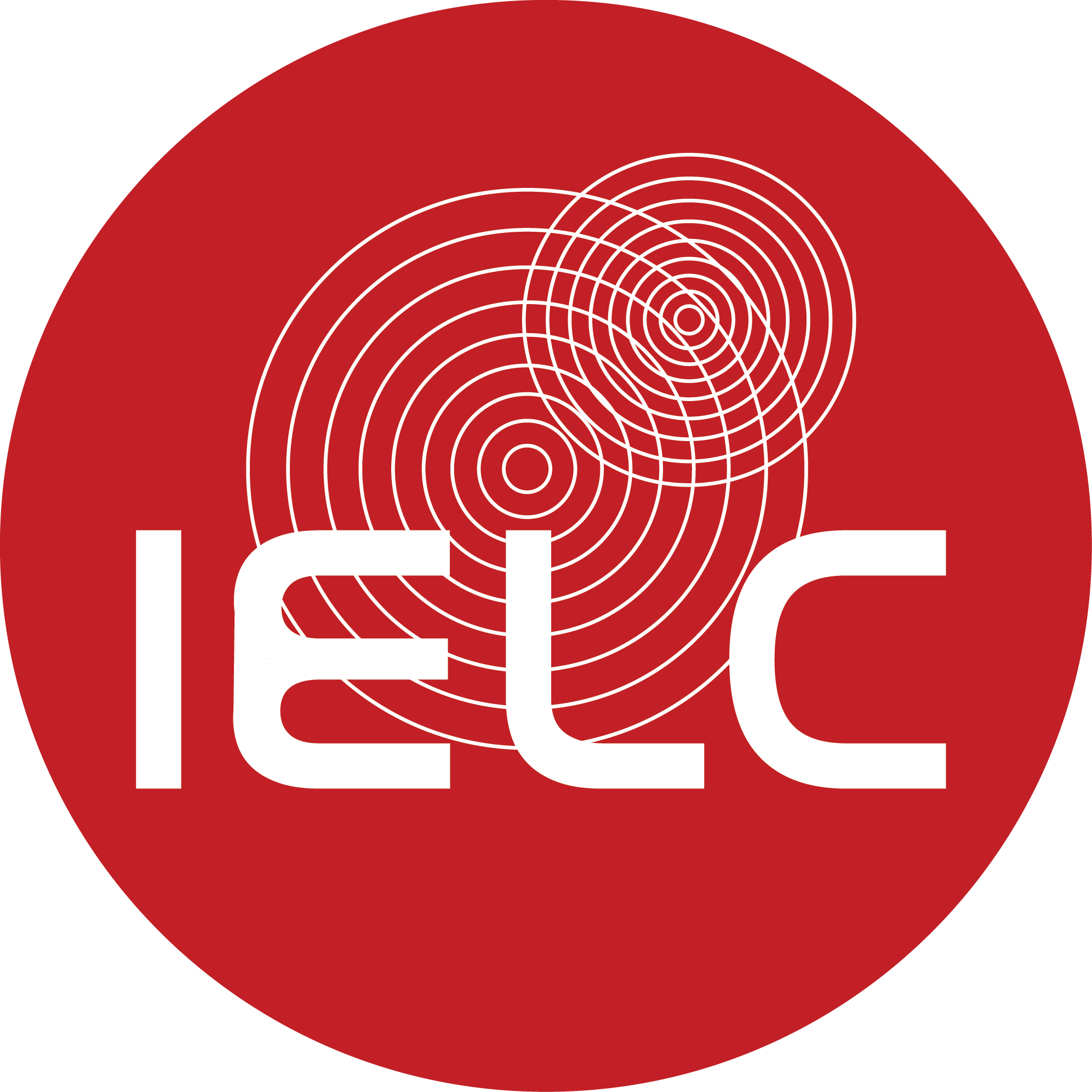|
|
Description A much-reported challenge in schools internationally is that of potential school leaders choosing not to aspire to the principalship. This situation seems to be a product of rapid school change, intensification of school-based management and accountability measures, and increased time commitment required to do the job effectively (Caldwell, 2003, MacBeath, 2011, Walker & Kwan, 2010). Attention to principal succession is important because effective transitioning from predecessor to successor can mitigate the known problem of initiative failure, which occurs when innovations, practices and policies fail soon after the initiating principal leaves a school (Giles, 2006). Another prominent consequence includes demoralised teachers who sense loss or abandonment (Hargreaves, 2005). Consequently, principal succession can impact negatively on school improvement trajectories, particularly when principals are hired from outside the school and assume duties with minimal information about school context and prior practice, and lacking trusting relationships with teachers (Lee, 2015). Changes in principal leadership “changes the school’s configuration of relationships, expertise, and authority” (Lee, 2015, p. 263). As such, successful principal succession is as much or more a matter of social process as it is administrative procedure. Although principals may attempt to redress succession challenges by “tapping” their own successor from within their school (Myong, Leob & Horng, 2011), successors are often hired from outside which inhibits the long-term development of identified aspiring leaders (Bengston, Zepeda and Parylo, 2013; Zepeda, Bengtson and Parylo, 2012). In view of the continual trend of very high retirement rate of local principals in the recent years and the general lack of systematic planned principal succession support programmes in the school sector, the present study is the first exploratory study on this issue which will shed light on future improvement of policies and practices related to principal succession support at the school, SSB and system levels. Objectives
References
|
|---|



